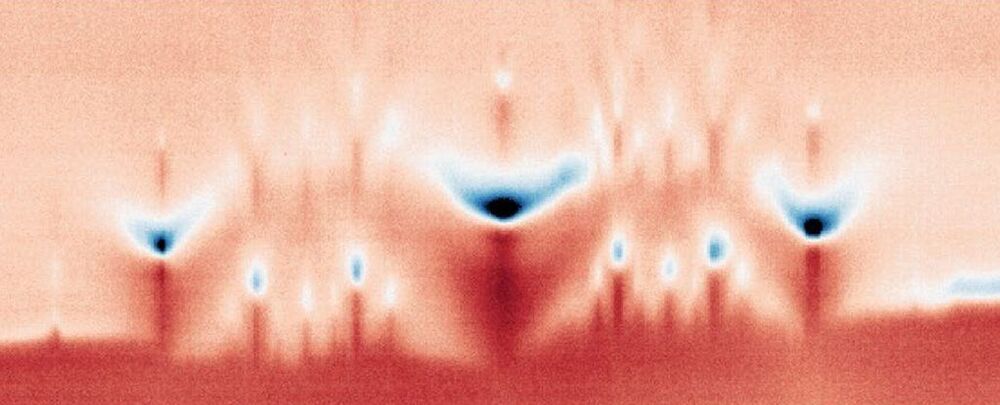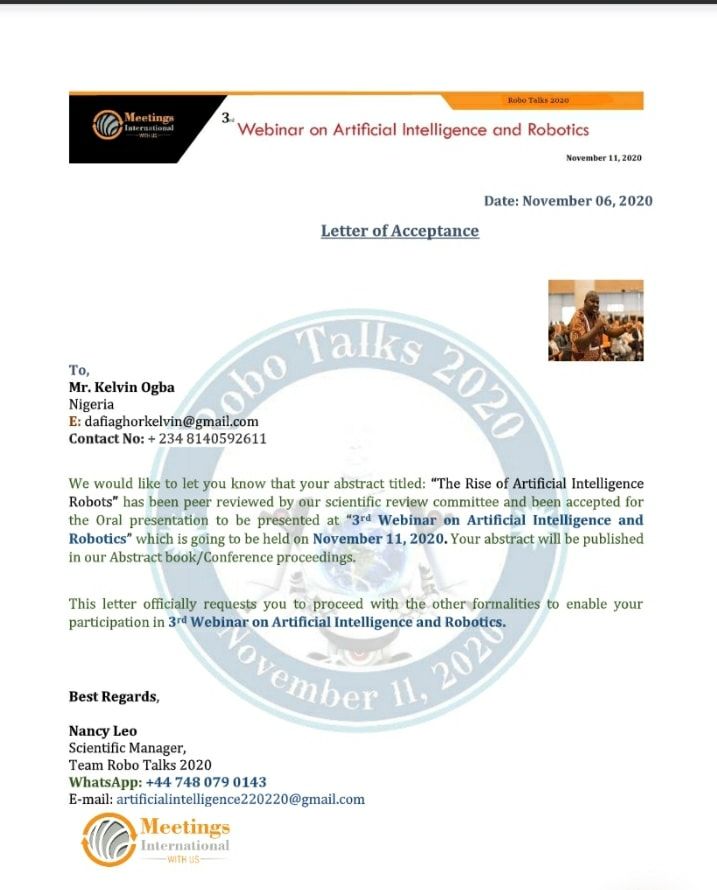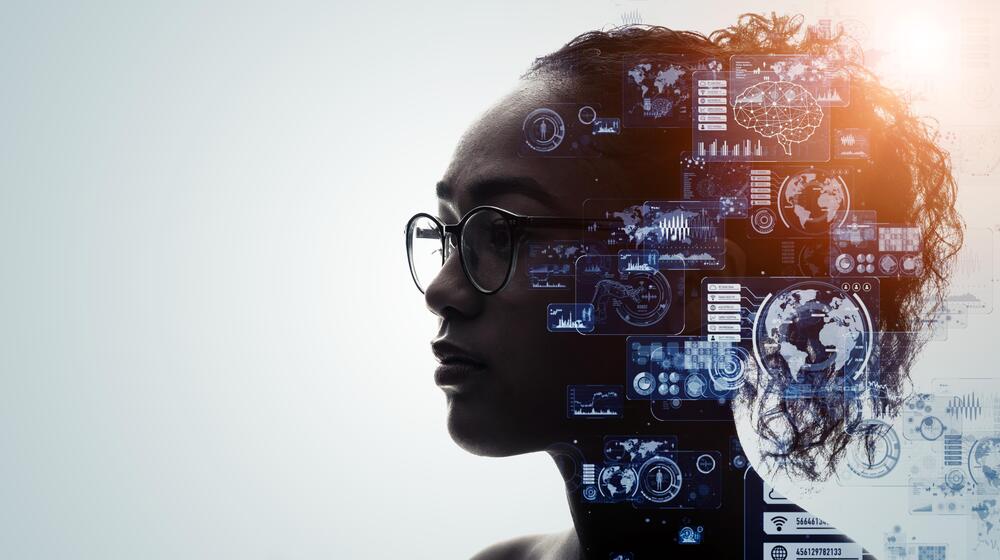Nov 12, 2020
Newly-Discovered Deep Sea ‘Mushroom’ Could Re-Write Tree of Life
Posted by Quinn Sena in category: genetics
:3333
Most newly-discovered species are easy to classify. They have features that are very consistent with well-known organisms and they fit neatly into one category or another. Every so often, one comes along that leaves scientists wondering, “What the hell is this thing?” Case in point: Dendrogramma. This new genus represents two species of deep-sea animals that resemble mushrooms but don’t really fit in with any other known animals. As a result, this organism could bring fairly large changes to the phylogenetic tree. The research was conducted by a team of researchers from the University of Copenhagen and the paper was published in PLOS ONE.
The 18 specimens were caught during an expedition in the Bass Strait, between Australia and Tasmania back in 1986. Two samples were dredged up from depths of 400 and 1000 meters. The samples had been fixed and preserved, rendering them unable to undergo genetic analysis. However, the preservation process was not done particularly well, causing them to become bleached and shrunken. They turned brittle over time.
Continue reading “Newly-Discovered Deep Sea ‘Mushroom’ Could Re-Write Tree of Life” »

















